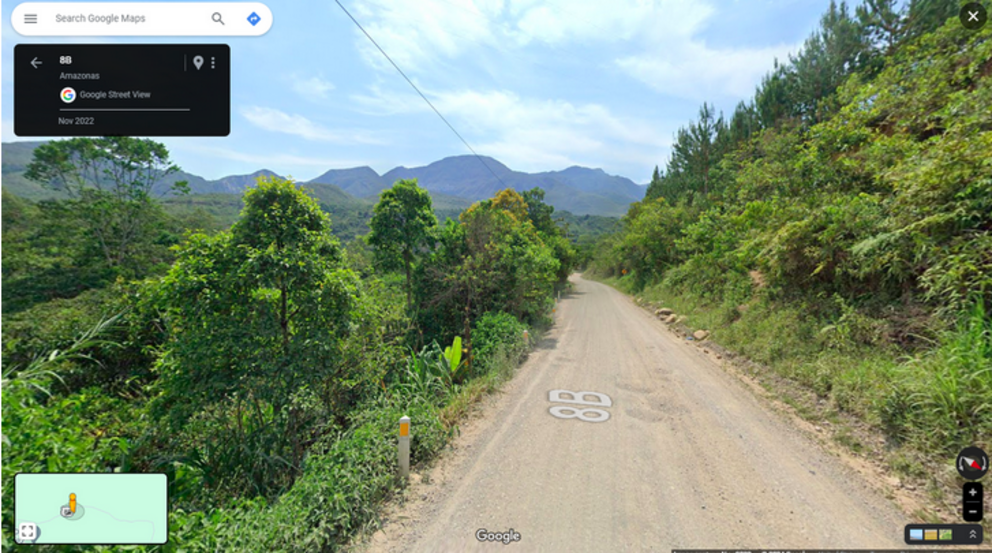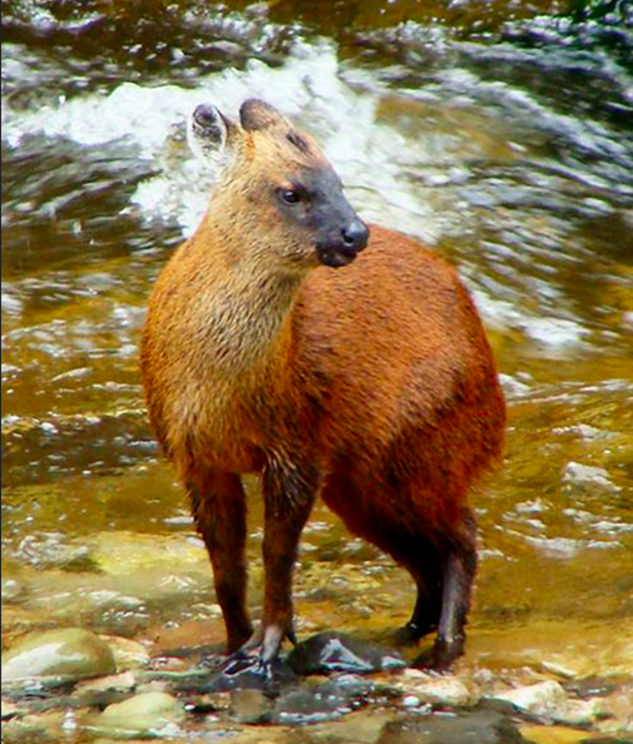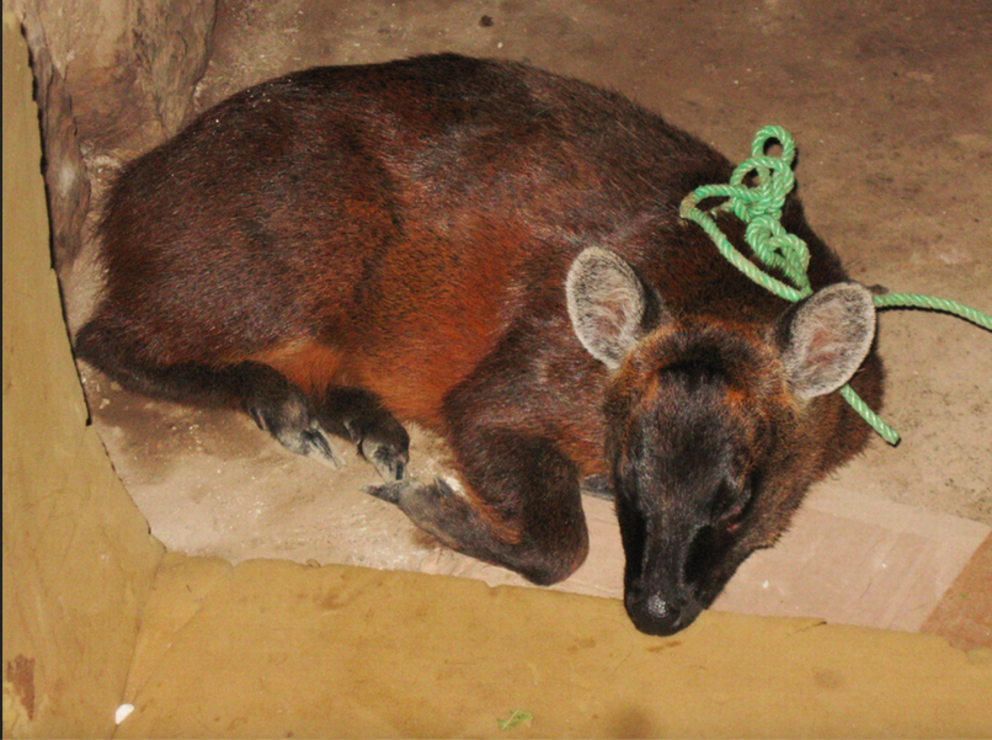‘Dwarf’-like mountain creature seen snacking on plants in Peru. It’s a new species
Scientists found a “dwarf”-like animal in the Andes mountains and discovered a new species, a study said.

Photo shows a representative area. Scientists found a “dwarf”-like animal in the Andes mountains and discovered a new species, a study said. Photo shows a representative area. Google Street View November 2022 © 2024 Google
In the mountains of Peru, a “dwarf”-like creature munched on a shrub. The “short-legged” animal had lofty aspirations — or at least lofty cravings — and climbed up an inclined tree trunk to snack on some higher leaves.
Nearby scientists watched the hairy animal with a growing suspicion that it was a new species. They were right.
Researchers suspected the Northern Pudu, a species of dwarf deer that lives in Colombia, Ecuador and Peru, was actually several species lumped together, according to a study published March 1 in the peer-reviewed Journal of Mammalogy. They’d noticed several differences between the Northern Pudu living in northern Peru and those living in southern Peru.
To investigate, researchers studied the dwarf deer specimens preserved in museum collections, the study said. A pattern began to emerge: some of the dwarf deer had distinct orange-brown fur with a slightly different texture.
Researchers realized they’d discovered a new species: Pudella carlae, or the Peruvian Yungas Pudu.
The Peruvian Yungas Pudu is a dwarf deer, a group of deer named for their “stocky and short-legged” builds that measure less than 17 inches in height, the study said. The new species has “coarse, long hair” with an “intense orange brown” color.

A Pudella carlae, or Peruvian Yungas Pudu, standing near a stream. A Pudella carlae, or Peruvian Yungas Pudu, standing near a stream. Photo from Ramiro Yábar, shared by Guillermo D’Elía
Discover more new species
A photo shows a Peruvian Yungas Pudu near some water. Overall, it appears almost pumpkin colored with darker brown fur on its legs and lighter brown fur on its face.
Peruvian Yungas Pudu live in forests in the Andes mountains between elevations of about 5,900 and 10,800 feet, the study said. The deer eat leaves and fruits off shrubs and small trees, sometimes climbing “inclined tree trunks to reach higher leaves and probably fruits.”

A Pudella carlae, or Peruvian Yungas Pudu, curled up. A Pudella carlae, or Peruvian Yungas Pudu, curled up. Photo from Marcos Salas, shared by Guillermo D’Elía
Researchers said they named the new species after biologist Carla Gazzolo because “her actions helped to save the life of (co-author Javier Barrio) after a life-threatening vascular problem.”
The new species’ common name refers to the country where it lives and habitat it prefers, researchers said.
So far, Peruvian Yungas Pudu have only been found in portions of northern and central Peru, the study said.
The new species was identified by its size, coloring, pattern, fur texture, skull shape and DNA, the study said.
The research team included Javier Barrio, Eliécer E. Gutiérrez and Guillermo D’Elía.
